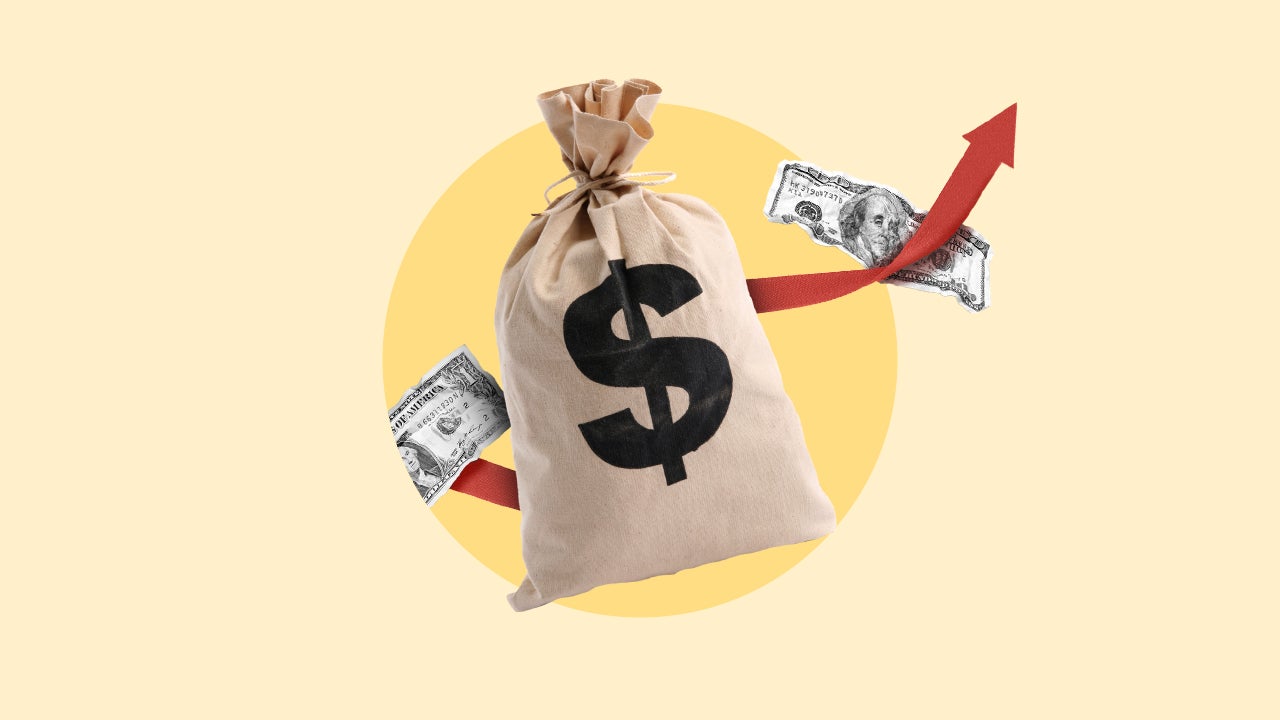As we move through 2025, the personal loan landscape in the U.S. is experiencing significant changes. Driven by rising interest rates, economic uncertainty, and rapid fintech innovation, lenders and borrowers alike are adapting to a new lending environment.
Whether you’re considering a personal loan this year or work in the finance industry, understanding the latest trends and forecasts will help you make smarter borrowing decisions.
In this blog, we explore the top personal loan trends for 2025, what to expect from lenders, and how borrowers can prepare.
With the Federal Reserve signaling a cautious approach to rate cuts, interest rates on personal loans in 2025 remain higher than pre-pandemic levels.
- Average APRs range between 10% to 28%, depending on credit score and lender
- Borrowers with excellent credit (740+) still get competitive rates
- Those with poor credit may need to explore secured or co-signed loan options
💡 Tip: Shop around and prequalify with multiple lenders to find the best rate without impacting your credit score.
Lenders are increasingly using AI and machine learning to:
- Analyze creditworthiness beyond traditional scores
- Offer faster approvals (often within minutes)
- Reduce manual underwriting errors
- Prevent fraud
Expect more personalized offers based on your digital footprint, income patterns, and financial behavior — not just your FICO score.
In 2025, fintech companies dominate the personal loan space. Platforms like Upstart, SoFi, and Avant offer:
- Instant pre-approval
- Next-day funding
- Lower fees and more transparency
However, traditional banks and credit unions are responding with:
- Improved digital experiences
- Loyalty discounts for existing customers
- Hybrid lending models (online + in-branch support)
🔄 Prediction: Expect tighter competition, better borrower experiences, and more innovation in the lending process.
With consumer credit card debt at record highs in 2025, more Americans are turning to personal loans to consolidate and manage debt.
- One fixed monthly payment
- Lower interest rates than most credit cards
- Easier budgeting and faster payoff timelines
📈 Forecast: Debt consolidation loans will remain the top reason consumers apply for personal loans this year.
Modern borrowers want flexibility, and lenders are responding with:
- Skip-a-payment features
- No early repayment penalties
- Adjustable due dates
- Biweekly payment plans
These features make personal loans more manageable — especially for gig workers, freelancers, or those with variable incomes.
With over 60 million gig workers in the U.S. in 2025, lenders are adjusting their models to accommodate:
- Freelancers
- Self-employed professionals
- Remote workers
Lenders now accept alternative documents like:
- 1099s
- Bank statements
- Client invoices
🧾 Tip: Freelancers should keep organized records and consistent deposits to boost approval chances.
Lenders are no longer just offering money — they’re providing financial education and tools to support long-term borrower success.
New features include:
- In-app credit monitoring
- Budgeting tools
- Free financial coaching
- Refinance alerts
💡 Look for lenders that care about your financial future, not just the loan transaction.
Due to rising delinquencies and inflation concerns, some lenders have:
- Increased minimum credit score requirements
- Reduced maximum loan amounts
- Added stricter verification processes
Borrowers with lower credit scores may need:
- A co-signer
- A secured personal loan
- A larger income-to-debt ratio to qualify
🚨 Important: Always review the terms and fees before signing. Avoid predatory lenders offering “guaranteed approval” with high interest.
The personal loan market in 2025 is more digital, competitive, and borrower-focused than ever. While interest rates remain relatively high, fintech innovation and borrower-friendly features are making personal loans more accessible and manageable.
If you’re considering a personal loan, make sure to:
- Understand your credit standing
- Compare multiple lenders
- Consider flexible repayment options
- Choose a lender that prioritizes transparency and education

